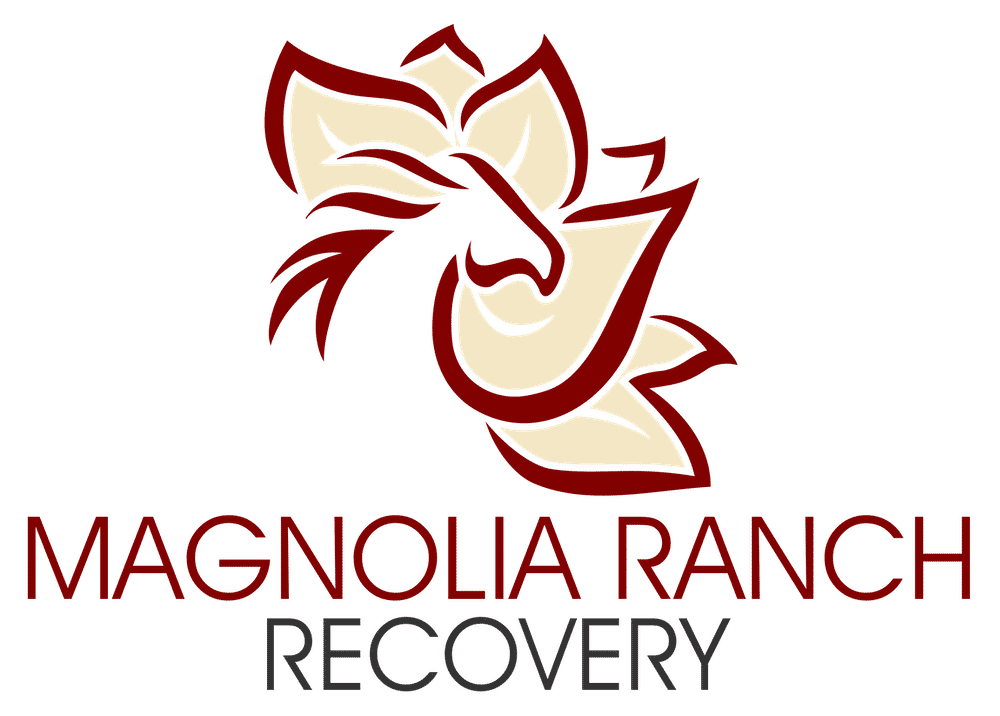SEO Title: Exploring Social Drinking: Definition, Low-Risk Guidelines, and The Impact on Society
Understanding the Spectrum of Social Drinking: A Comprehensive Guide
Social drinking has become a prevalent part of our society. But what exactly does it mean? The interpretations are myriad and vary widely, depending on individual perspectives.
The Many Definitions of Social Drinking
- Communal Consumption: Some see social drinking as consuming alcoholic beverages in the presence of others during social events.
- Happy Hour Culture: Others may relate it to “happy hour” gatherings, a specific time when friends meet to enjoy drinks together.
- Moderation, Not Excess: The belief that social drinking entails only moderate quantities, avoiding excess or frequent indulgence.
These explanations lead to several intriguing questions, like, what defines a “social event?” Is “happy hour” still considered social drinking if it happens several nights a week? What classifies as “moderate” quantities?
Distinctions: Social Drinking vs. Problem Drinking
The line between social drinking and problem drinking can sometimes become blurred, but there are distinct differences. Social drinking is characterized by moderation and control, often adding to the enjoyment of social gatherings and adhering to personal or cultural boundaries. It respects the individual’s choice, health, and social norms. In contrast, problem drinking is indicative of a potential underlying issue. It’s marked by a loss of control over the amount or frequency of drinking, leading to negative impacts on one’s health, relationships, or daily obligations. While social drinking can enhance social bonds, problem drinking often strains them, possibly indicating the onset of Alcohol Use Disorder (AUD).
Low-Risk Drinking Guidelines
The National Institute on Alcohol Abuse and Alcoholism (NIAAA) defines low-risk drinking parameters, providing some clarity:
- Women: No more than 7 drinks per week and 3 drinks per occasion.
- Men: No more than 14 drinks per week and 4 drinks per day.
What Constitutes a “Drink”?
In discussions about social or problem drinking, understanding what is considered a “drink” is fundamental. In most guidelines, a “drink” is an amount of beverage that contains a specific quantity of pure alcohol. Typically, this is 14 grams or 0.6 ounces of pure alcohol. It could be found in various forms, such as:
- 12 ounces of beer (approximately 5% alcohol content)
- 5 ounces of wine (around 12% alcohol content)
- 1.5 ounces of hard liquor like whiskey or vodka (usually 40% alcohol content) Recognizing this standard measurement is vital in evaluating one’s drinking behavior and adhering to recommended consumption guidelines.
The Far-Reaching Impact of Alcohol Use Disorder
Alcohol Use Disorder (AUD) is a severe and chronic disease that extends its damaging effects well beyond the individual sufferer. The impact on physical health includes risks like liver cirrhosis, heart diseases, and mental health challenges. Its reach also extends to relationships, potentially leading to family breakdown, child neglect, or domestic violence. In the workplace, it can result in loss of employment or decreased productivity. Furthermore, AUD contributes to societal problems, including crime, homelessness, and broader economic costs related to healthcare and legal systems. The grave, multifaceted impact of AUD highlights the urgency and importance of early identification, effective treatment, and ongoing support for those affected.
Professional Responsibility in Addressing Alcoholism
For professionals in healthcare and counseling, understanding and addressing alcoholism is a critical responsibility. It is not merely about assessing the total quantity of alcohol consumed but also evaluating its impact on an individual’s life.
- The Grieving Client: Those hiding pain through secret drinking.
- The Ashamed Veteran: Those who drink to escape traumatic memories.
- The Struggling Worker: Individuals whose job performance is impacted by alcohol.
- The Overwhelmed Parent: Those seeking relief from parenting challenges through drinking.
Alcoholism has the potential to affect every segment of society, often beginning innocently with what seems like social drinking but can quickly spiral into addiction.
Social Drinking vs Alcoholism
Social drinking and alcoholism are two vastly different concepts, though they may appear connected on the surface. Social drinking involves the consumption of alcohol in a social setting, often characterized by moderation and control. It’s typically a way to enhance social interactions, such as enjoying a glass of wine with dinner or a beer with friends at a game. On the other hand, alcoholism, or Alcohol Use Disorder (AUD), is a medical condition marked by an inability to control drinking, preoccupation with alcohol, continued use despite adverse consequences, increased tolerance, and withdrawal symptoms. Unlike social drinking, where alcohol is an accompaniment to an event, alcoholism makes drinking the main event, leading to destructive patterns that can severely impact an individual’s personal and professional life.
When Does Social Drinking Become a Problem?
Social drinking becomes a problem when it crosses the line from a pleasurable activity to a dependency or necessity. The transition can be subtle and often sneaks up on individuals. Some signs that social drinking may be becoming a problem include an increased frequency of drinking, drinking in larger quantities than intended, neglecting responsibilities at home or work, and experiencing cravings for alcohol. When social drinking begins to interfere with daily life, relationships, and physical health, it may be evolving into a more serious issue. It’s at this juncture that professional intervention and self-awareness become critical. Recognizing these signs and seeking help can prevent social drinking from escalating into alcoholism, fostering a healthier relationship with alcohol.
Conclusion: A Call to Awareness and Action
Understanding social drinking’s multifaceted definitions, low-risk guidelines, and potential impact is vital for both individuals and professionals. By recognizing the thin line between social enjoyment and problematic consumption, we can foster healthier relationships with alcohol and take proactive measures to prevent addiction.
This exploration of social drinking is more than just an academic exercise; it’s a crucial understanding that empowers us to make informed decisions, intervene when necessary, and contribute positively to the broader discourse on responsible drinking in society. It’s a subject that touches lives and deserves our full attention and care.


















